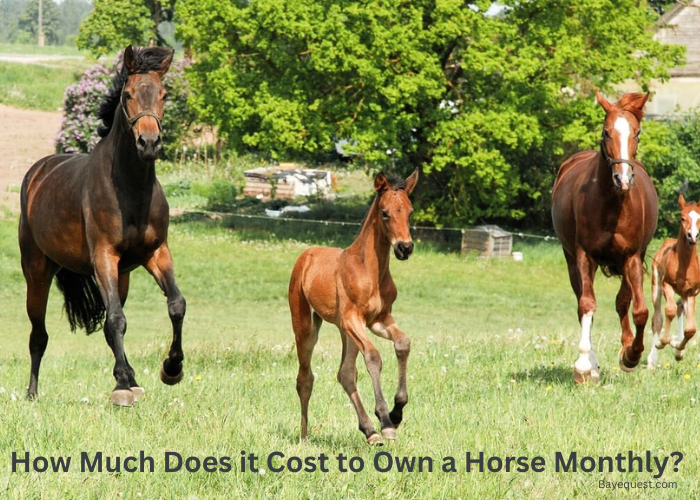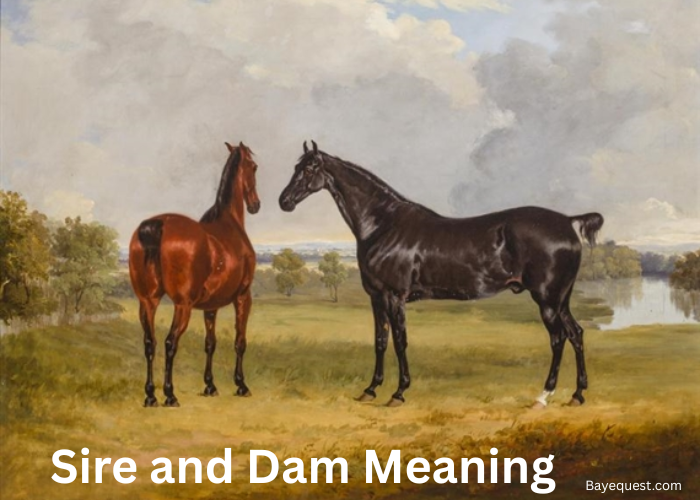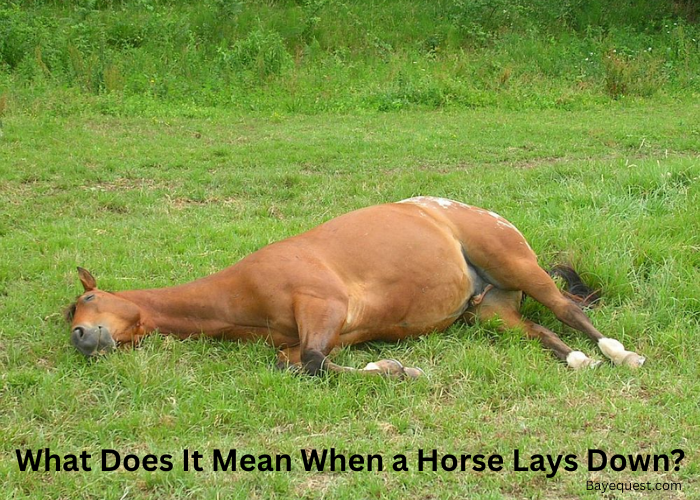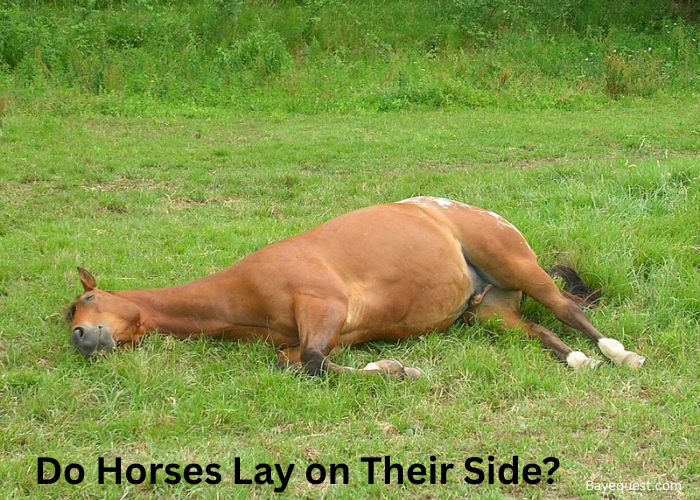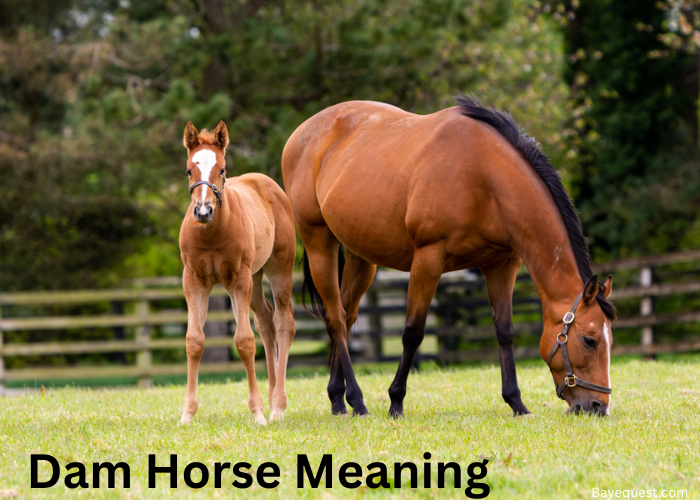Owning a horse seems like a dream, but it comes with a price. Horses aren’t cheap.
The cost doesn’t stop at buying one. There’s feed, vet bills, farrier visits, and gear like saddles and blankets.
Every month, these expenses can add up fast. Before you bring a horse home, you need to know what you’re signing up for.
Understanding the monthly costs can help you decide if horse ownership is right for you. Let’s break down what it really takes to keep a horse happy and healthy.
How Much Does a Horse Cost Per Month? Key Takeaway
The cost of owning a horse ranges from $400 to over $3,000 per month. Expenses include boarding, feed, healthcare, farrier visits, training, and insurance. Basic care costs less, while full care, supplements, and shows increase expenses. Budget carefully to cover these ongoing costs and keep your horse healthy and happy.
Initial Costs of Owning a Horse
The initial costs of owning a horse can range from $2,000 to over $10,000.
First, there’s the purchase price. This varies widely depending on the breed, age, and training. A pre-purchase vet exam is also needed, which costs $250 to $500.
You’ll need to transport the horse, which can cost $1 to $3 per mile. Then, there’s tack and equipment like saddles and grooming supplies, which can range from $500 to $3,000.
If you need to board the horse, expect to pay $300 to $700 per month. Horse insurance is another cost, typically $250 to $600.
Finally, there are initial costs for vaccinations, dental care, deworming, and hoof trimming. These can add up to $300 to $600. These are the first expenses to expect when owning a horse.
Monthly Costs of Owning a Horse
The total cost of owning a horse per month can range from around $400 to over $3,000 or more.
This wide range depends on several factors, such as the type of care, feeding, training, and any additional needs your horse may have.
For basic care, including pasture board, basic feed, routine healthcare, and farrier visits, you might spend closer to the lower end.
However, if you opt for full-care boarding, supplements, training, clinics, shows, comprehensive insurance, and special supplies, the monthly expenses can easily exceed $3,000.
Check out our guide to owning a horse to get a full breakdown of monthly costs, tips on budgeting, and ways to save without compromising your horse’s well-being.
Monthly Equine Housing Costs
Monthly equine housing costs depend on the type of care you choose.
Pasture board is the most basic option. The horse stays in a pasture with minimal shelter. It costs around $100 to $500 per month.
Partial- or self-care board offers more. You might get a stall but need to provide your feed and do the cleaning. This option ranges from $200 to $600 per month.
Full-care board covers everything. The stable provides feeding, cleaning, and turnout services. It is the most expensive option, costing between $500 and $2,000 or more each month.
Monthly Feed and Supplements Costs for Horses
Feeding a horse each month comes with regular costs. The main part of a horse’s diet is hay.
A horse can eat about 1.5-2% of its body weight in hay daily. For an average 1,000-pound horse, that’s around 15-20 pounds of hay each day.
Over a month, that’s about 450 to 600 pounds of hay. The cost for hay is around $50 to $100 or more per month, depending on your location and the quality of hay.
Horses also need concentrates or ration balancers. These are grains or pellets that provide extra nutrients.
This is important if hay alone doesn’t meet all their dietary needs. The cost for these supplements is about $50 to $100 per month.
Some horses may require additional supplements. These might be for joint health, hoof care, digestion, or other specific needs.
Supplements can cost between $30 and $90 or more each month, depending on the type.
Overall, a horse’s monthly feed costs can range from $130 to $290 or higher. It all depends on the horse’s size, health, and dietary needs.
Owners should budget for these ongoing costs to keep their horses healthy and well-fed.
Horse Training and Competition Costs
Training and competition costs for a horse can add up quickly. Many owners take lessons to improve their riding skills.
These can cost between $200 and $1,000 per month. Costs vary based on the trainer and frequency of lessons.
Training rides are when a professional rides and trains your horse. This helps improve the horse’s skills and manners.
Training rides cost about $500 to $1,500 per month. The price depends on the trainer’s experience and how often they work with the horse.
Some riders attend clinics. These are special training sessions that last a day or a weekend.
Clinics with expert trainers cost around $100 to $350 or more per weekend. They are great for learning new skills or fixing specific issues.
For those who compete, horse shows can be a big expense. Entry fees, travel, lodging, and coaching add up.
Costs range from $200 to over $3,000 per month, depending on the level and location of the competition.
Overall, training and competition can cost from a few hundred to several thousand dollars each month. It depends on the goals, level of involvement, and choice of trainers.
Monthly Health Care and Veterinary Costs for Horses
Monthly healthcare and veterinary costs are essential for keeping a horse healthy. Preventive care is the first step. This includes routine vaccinations, deworming, and basic check-ups.
These preventive measures cost around $50 per month. This helps prevent common diseases and parasites.
Dental care is important. Horses need their teeth checked and floated (filed) once or twice a year. This can cost around $100 to $300 per visit.
You also need to plan for emergency care. Accidents, injuries, or sudden illnesses can happen. An unexpected vet visit can cost anywhere from a few hundred to several thousand dollars.
Some owners choose to get horse insurance. This can help cover large vet bills, but it has a monthly premium cost.
In total, monthly healthcare costs can vary. For basic care, expect around $50 to $100 per month.
But with additional needs, costs can quickly rise. Planning and budgeting for these costs are key.
Read also: How Often Do Horses Need Their Teeth Filed?
Monthly Farrier Costs
Monthly farrier costs depend on the type of hoof care your horse needs. Trimming is the most basic service, where the farrier trims and shapes the horse’s hooves.
This usually costs between $45 and $80 per visit. Most horses need a trim every 6 to 8 weeks to keep their hooves healthy.
If your horse requires front shoes, the cost goes up. Shoes help protect the hooves and provide better traction. Putting shoes on the front hooves costs between $90 and $150 per visit.
For horses needing shoes on all four feet, the cost is higher. Front and hind shoes can range from $100 to $300 per visit, depending on the type of shoe, the materials used, and any specialized work required.
Some horses may need corrective shoeing, which can also increase costs.
Overall, monthly farrier expenses can vary greatly. Budgeting $45 to $300 every 6 to 8 weeks is a good idea, depending on your horse’s specific needs and care plan.
Regular farrier visits are crucial for maintaining hoof health and overall well-being.
Related read: Importance of Reshoeing Horses.
Supplies and Maintenance Costs
Supplies and maintenance costs are important factors to consider when owning a horse.
One of the primary expenses is bedding. Horses need clean, comfortable bedding in their stalls to rest and stay healthy.
Common types of bedding include straw, wood shavings, or pellets. The cost of bedding can range from $20 to $100 per month, depending on the type used, how much is needed, and how often it needs to be replaced.
Proper bedding management is essential to maintain a clean and safe environment for the horse.
Another significant cost is for cleaning supplies. Keeping the stable clean and free of waste is crucial for preventing diseases and infections.
For this, you’ll need tools like pitchforks, wheelbarrows, muck buckets, and disinfectants. The initial investment for these supplies can range from $50 to $150.
There are also ongoing costs for items like disinfectants, which help keep the stable sanitary, and replacement tools as needed.
Grooming supplies are another regular expense. Grooming is vital for maintaining your horse’s coat, hooves, and overall health.
Basic grooming kits include brushes, hoof picks, combs, and sponges. The initial cost for a good set of grooming supplies is around $30 to $100.
Over time, some items may need replacement or replenishment, adding a small but ongoing cost to your budget.
Overall, supplies and maintenance costs can vary depending on your horse’s needs and the level of care provided.
Monthly Training and Lessons Costs
Monthly training and lessons are key parts of owning a horse, especially if you want to improve your riding skills or train your horse.
Lessons are a common expense. Riders often take lessons from a professional trainer to learn new skills or refine their techniques.
Depending on the trainer’s experience and the type of lesson, costs can range from $200 to $1,000 per month.
Some trainers offer group lessons, which are usually cheaper, while private lessons cost more.
Training rides are another common cost. In this case, a professional trainer rides and trains your horse for you. This is useful if you want your horse to learn specific skills or behaviors.
Training rides help keep your horse in shape and improve its manners and performance. The cost for training rides can range from $500 to $1,500 per month.
Many riders also attend clinics. Clinics are special training events, often hosted by well-known trainers or experts, and usually last for a day or a weekend.
These clinics provide intensive learning experiences for both the horse and rider. The cost for a clinic can range from $100 to $350 or more per weekend.
Clinics are a great way to get focused attention on specific riding skills or problems.
If you plan to compete, there are additional costs to consider. Participating in horse shows involves entry fees, coaching fees, and sometimes travel expenses.
The cost of competing can range widely, from $200 to $3,000 or more per month, depending on the level of competition and the number of shows you attend. These costs can add up quickly, especially if you compete regularly.
Overall, monthly training and lesson costs can vary. It depends on how often you train, the type of lessons, and whether you participate in clinics or shows.
Monthly Insurance and Liability Coverage Costs
Monthly insurance and liability coverage are important considerations for any horse owner.
Horse insurance helps cover the costs of unexpected veterinary bills, theft, or even the death of the horse.
The monthly cost for these policies can vary widely based on the horse’s age, value, and use.
On average, expect to pay between $25 to $60 per month for a basic mortality policy. Adding medical coverage can increase the cost to around $50 to $150 per month.
The cost of liability insurance is lower than medical or mortality insurance, often ranging from $10 to $40 per month.
Some horse owners choose to combine policies into a comprehensive plan. This provides broader coverage for various risks associated with horse ownership.
Monthly premiums for these comprehensive plans can range from $60 to $200 or more, depending on the specifics of the coverage.
In total, monthly insurance and liability coverage costs can range from about $25 to $200 or more, depending on the level of coverage you choose.
How to Create a Monthly Budget for Your Horse
Creating a monthly budget for your horse is essential. It helps you manage regular and unexpected costs. Here’s how to do it:
1. List regular expenses. Start with the basics. Include feed and supplements. These can cost $130 to $290 or more each month. Add housing costs like pasture or full-care board. These range from $100 to over $2,000. Include farrier visits every 6-8 weeks. Trimming and shoeing cost between $45 and $300. Don’t forget healthcare costs, around $50 per month.
2. Include training costs. Add in lessons and training rides. Lessons cost $200 to $1,000 per month. Training rides are between $500 and $1,500. If you go to clinics or shows, include those too.
3. Add insurance costs. Plan for insurance and liability coverage. These costs range from $25 to $200 per month. Insurance protects you from big, unexpected bills.
4. Budget for supplies. Include costs for bedding and grooming supplies. Bedding is $20 to $100 per month. Other supplies need replacing now and then.
5. Save for emergencies. Set aside money for unexpected costs. Aim for an extra $100 to $200 each month. This emergency fund covers accidents or sudden vet bills.
6. Track spending. Keep an eye on what you spend. Compare it to your budget. If some costs are higher, adjust your budget.
7. Review your budget yearly. Horses’ needs change. Check your budget once a year. Adjust for changes in your horse’s care needs.
How Much Does a Horse Cost Per Month? Conclusion
Owning a horse isn’t just about the joy of riding; it’s a real commitment to care, time, and, yes—your wallet. Each month, those costs add up, from hay and hoof care to training and board.
So, before you dive into the dream of horse ownership, make sure your budget is ready to saddle up too. Plan well, budget wisely, and you’ll be all set for the ride ahead.
Because owning a horse is more than just dollars—it’s about the bond and the journey. And that, my friend, is priceless.




